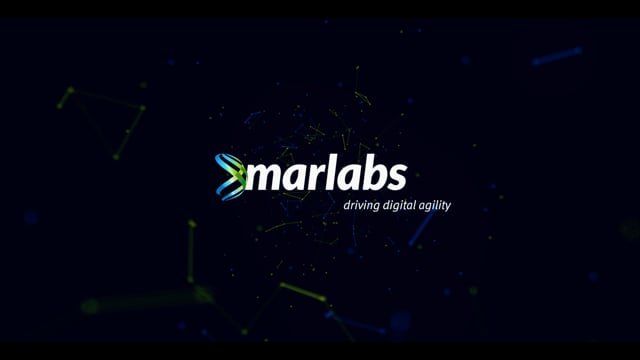Serverless Computing Implementation
Our experts leverage serverless computing platforms like AWS Lambda or Azure Functions to develop applications without the need for managing infrastructure, allowing for cost efficiency and automatic scaling
Serverless computing has emerged as a transformative force in the realm of application development. By abstracting away the complexities of server management, it empowers developers to focus on core business logic while the cloud provider handles the underlying infrastructure. This paradigm shift is reshaping how organizations build, deploy, and scale applications.

What is Serverless Computing?
At its core, Serverless Computing Implementation involves executing code without the need for explicit server provisioning or management. Instead, cloud providers dynamically allocate resources based on application demand. This approach eliminates the burden of server maintenance, allowing developers to concentrate on writing code.
Why is Serverless Computing Important?
The significance of Serverless Computing Implementation lies in its ability to streamline development processes, enhance scalability, and optimize costs. By decoupling application logic from infrastructure management, developers can achieve faster time-to-market, increased agility, and reduced operational overhead.

Benefits of Serverless Computing
- Cost Efficiency: Serverless computing offers a pay-per-use model, where you only pay for the compute time consumed. This can lead to substantial cost savings compared to traditional infrastructure management.
- Scalability: Serverless platforms automatically scale resources based on demand, ensuring optimal performance during traffic spikes without manual intervention.
- Developer Productivity: By eliminating server management tasks, developers can focus on building innovative applications, leading to increased productivity and faster development cycles.
- Reduced Operational Overhead: Serverless Computing Implementation frees up IT teams from managing infrastructure, allowing them to concentrate on higher-value activities.
- Improved Fault Tolerance: Serverless functions are stateless and ephemeral, making them inherently resilient to failures.
The landscape of Serverless Computing Implementation is continuously evolving, with several key trends shaping the future:
- Growth of Serverless Applications: As developers become more familiar with serverless, we can expect a surge in the adoption of serverless applications across various industries.
- Integration with Other Cloud Services: Serverless platforms are increasingly integrating with other cloud services, creating a comprehensive ecosystem for building complex applications.
- Edge Computing Integration: Combining serverless with edge computing will bring computation closer to data sources, reducing latency and improving performance for applications with real-time requirements.
- Serverless for Data Processing: Serverless functions are becoming popular for data processing tasks, such as ETL, data transformation, and real-time analytics.
- Serverless Security: As the adoption of serverless grows, addressing security challenges will become increasingly critical.
Embarking on a Serverless Computing Implementation journey requires careful planning and consideration. Here are some key steps to guide you:
- Identify Suitable Use Cases: Evaluate your application portfolio to identify workloads that align well with the serverless model.
- Choose a Serverless Platform: Select a cloud provider that offers robust serverless capabilities and meets your specific requirements.
- Design Serverless Architecture: Break down your application into smaller, independent functions and define event-driven triggers.
- Develop and Test Serverless Functions: Write and test your serverless functions using the chosen platform's development tools.
- Deploy and Monitor: Deploy your serverless application to the cloud and establish comprehensive monitoring to track performance and identify potential issues.
Serverless Computing Implementation is undoubtedly a powerful tool for modern application development. By understanding its benefits, trends, and implementation steps, organizations can harness its potential to achieve greater efficiency, scalability, and cost-effectiveness.
As the technology matures, we can anticipate even more innovative use cases emerging, solidifying serverless computing’s position as a cornerstone of future-proof application architectures.
About Marlabs
The significance of Serverless Computing Implementation lies in its ability to streamline development processes, enhance scalability, and optimize costs. By decoupling application logic from infrastructure management, developers can achieve faster time-to-market, increased agility, and reduced operational overhead.
Marlabs’ data-first approach intersects with custom application development, AI & analytics, digital product engineering, advisory services, digital labs for rapid solution incubation & prototyping, and agile engineering to build and scale digital solutions. We work with leading companies around the world to make operations sleeker, keep customers closer, transform data into decisions, boost legacy system performance, and seize novel opportunities in new digital revenue streams.
Marlabs is headquartered in New Jersey, with offices in the US, Germany, Canada, Brazil and India. Its 2500+ global workforce includes highly experienced technology, platform, and industry specialists from the world’s leading technical universities.
Related articles
Case Study
Cloud data management for improved process efficiency, cost savings, and new revenue streams
Article
Cloud optimization strategy for Sitecore experience platform
Video
Click, Connect, Collaborate: Transforming the Event Experience





